Do you want to create an e-invoice/e-rechnung in WooCommerce? If you are looking for a possible method, keep reading this article!
When you sell physical or digital products using WooCommerce, you should send invoices to your clients. When you also sell services, you can implement this feature. This is mandatory from 2025 in Germany and if you don’t know how to do it, keep reading this article.
Here, we will show you the step-by-step guide to creating e-invoices/e-rechnung in your WooCommerce store.
First, let’s see why you should create e-invoice/e-rechnung in WooCommerce without moving to the article’s core.
Why You Should Create E-Invoice/E-Rechnung in WooCommerce
Creating e-invoices in WooCommerce can significantly streamline your business operations. Firstly, it ensures legal compliance with the growing number of jurisdictions mandating electronic invoicing for B2B transactions, helping you avoid penalties and align with international tax laws.
Efficiency is another major advantage; automating the invoicing process reduces manual errors and speeds up the entire billing cycle, from creation to payment. This automation not only saves time but also cuts down on costs associated with paper, printing, and postal services.
E-invoicing also enhances security through digital signatures and encryption, providing a secure and verifiable trail for each transaction. This is crucial for audits or disputes.
Moreover, adopting e-invoicing positively impacts your environmental footprint by reducing paper use and aligning your business with sustainability goals that are increasingly important to consumers.
Every company which operates in Germany must obey this rule by 2025. So, it is time to implement this feature in your WooCommerce store.
How to Create an E-Invoice/E-Rechnung in WooCommerce
For this tutorial, we will be using a plugin called WooCommerce PDF Invoices, Packing Slips, Delivery Notes, and Shipping Labels.
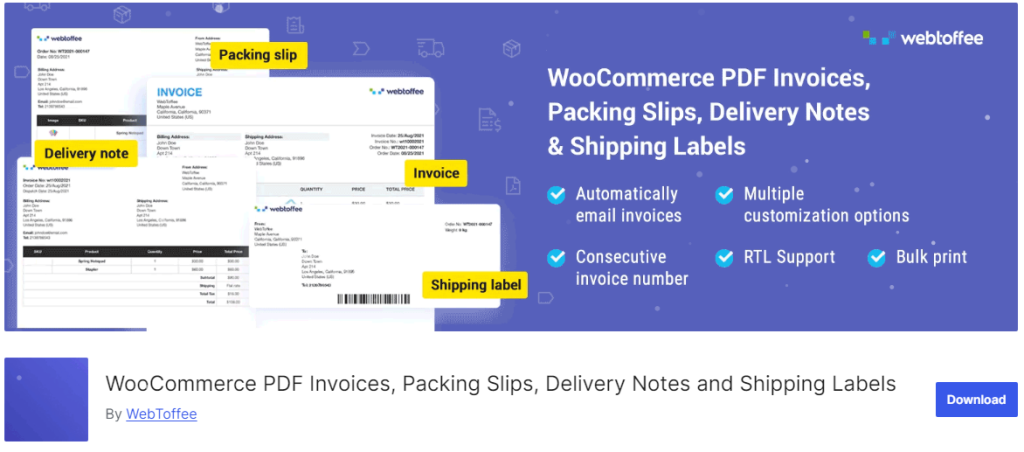
So the first thing you need to do is install and activate this plugin on your website.
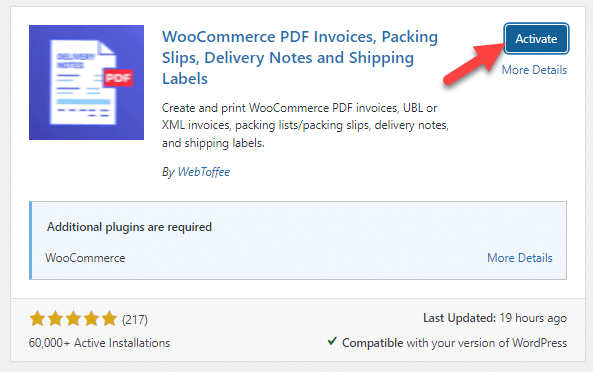
After the activation, you can see the plugin’s settings on the left-hand side.
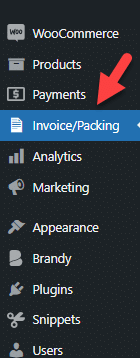
Now, you need to add shop details.
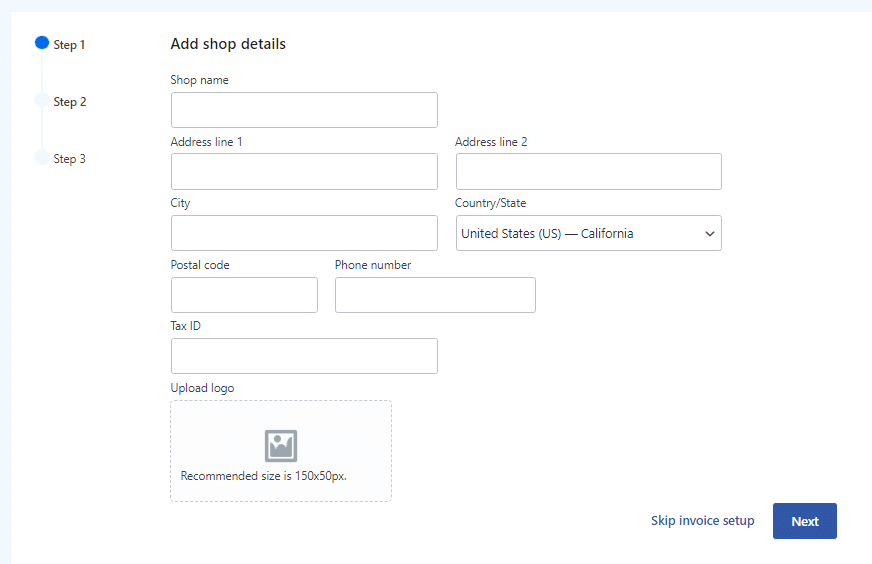
Fill in the details there and go to the next step. There, you can choose the type of emails which you need to include the invoice copies.
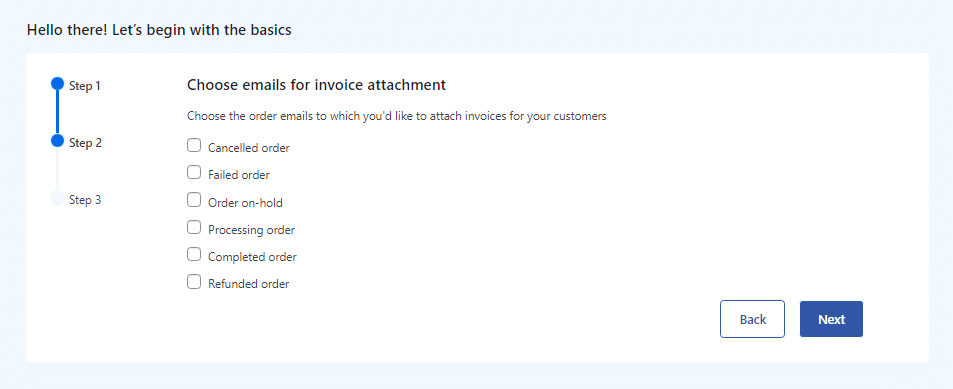
Pick the email templates from there and move to the final step. In the final step, you can choose a numbering system for your invoices.
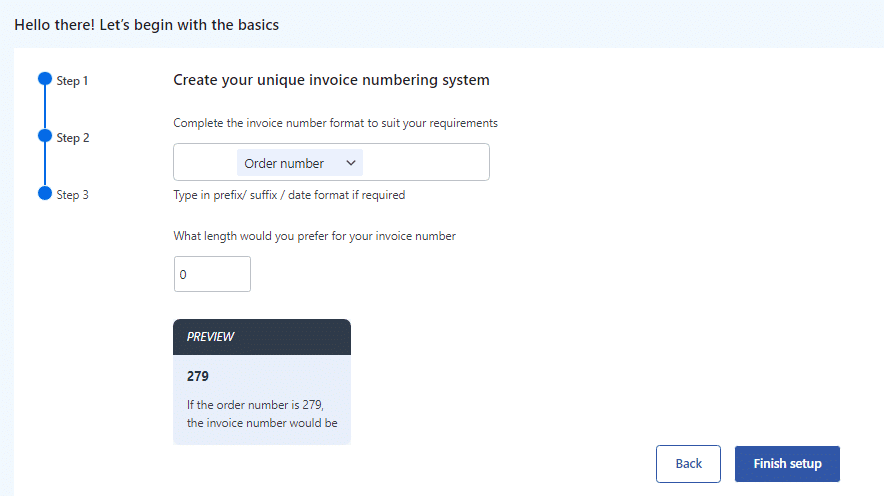
There are multiple formats you can choose. Pick one and finish the plugin setup.
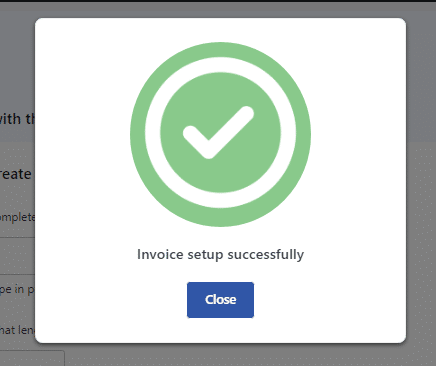
Next, from the main plugin settings page, you can enable/disable the options.
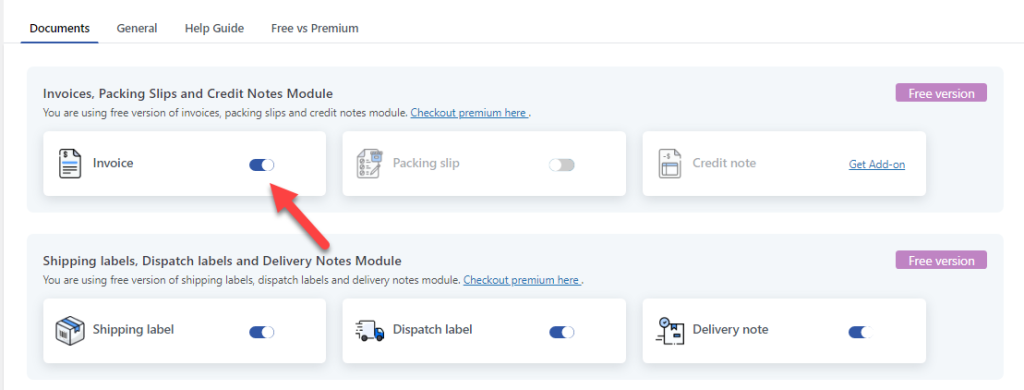
Once you are done with all the configurations, the invoice will be generated.
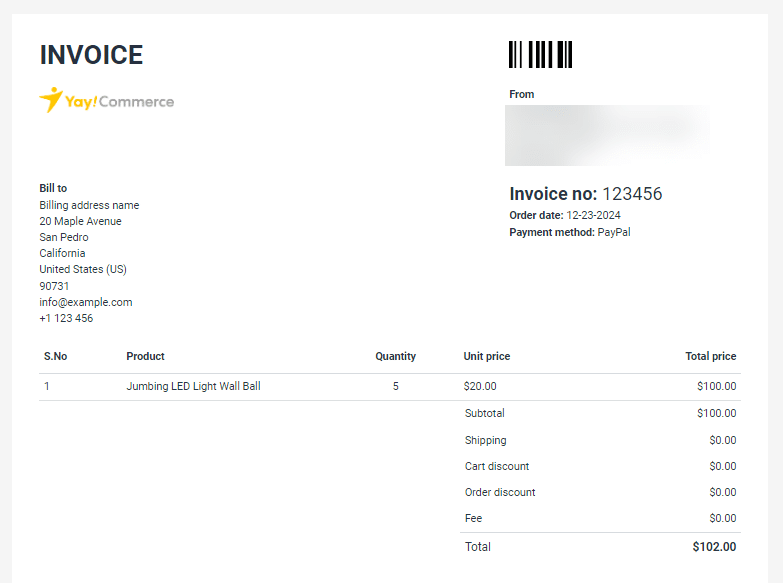
If you go to the general settings, you can customize the options further. To make things even better, you can use the YayMail and YaySMTP plugins.
YayMail can be used to design custom email templates so you will stand out from the rest of the sellers and online stores. The YaySMTP plugin will ensure all the emails will be delivered without any issues.
From now on, when someone completes a purchase, an invoice will be sent to them via email. According to the email configuration you have, the invoice will be added to the multiple email templates you selected.
That’s it!
This is how you can create an e-invoicing/rechnung in WooCommerce.
Frequently Asked Questions
Next, let’s see some frequently asked questions.
An e-invoice or E-Rechnung in WooCommerce is a digital version of your traditional paper invoice. It’s created, sent, and received electronically, automating the billing process and reducing paperwork.
WooCommerce itself doesn’t have built-in e-invoicing features, but you can easily add this functionality through plugins available in the WooCommerce marketplace, designed to generate and manage e-invoices.
To ensure compliance, select a WooCommerce plugin that supports the legal requirements of your region, such as specific formatting, mandatory fields, or digital signatures. Regular updates to these plugins often include adjustments for new regulations.
Yes, many e-invoicing plugins offer integration with payment gateways, allowing customers to click a link in the e-invoice and proceed directly to payment. This simplifies the payment process and can speed up your cash flow.
Conclusion
Implementing e-invoicing in WooCommerce is not just a step toward modernization; it’s a leap toward operational efficiency, compliance, and sustainability.
By following the steps outlined in this guide, you’re well on your way to transforming your billing process into one that’s faster, more secure, and environmentally friendly.
Whether you’re a small business looking to streamline your operations or a larger enterprise aiming for scalability, e-invoicing provides benefits that resonate across the board.
Remember, the transition to digital invoicing might seem daunting at first, but with WooCommerce’s robust tools and plugins, you’re equipped to handle this change with ease.
Embrace this technology to not only meet current demands but also to future-proof your business in an increasingly digital world. Now, go ahead and make your invoicing process as innovative as your business.
Would you implement this feature on your WooCommerce store?
Let us know in the comments.
Also, if you prefer video content over written tutorials, feel free to check out our YouTube channel.
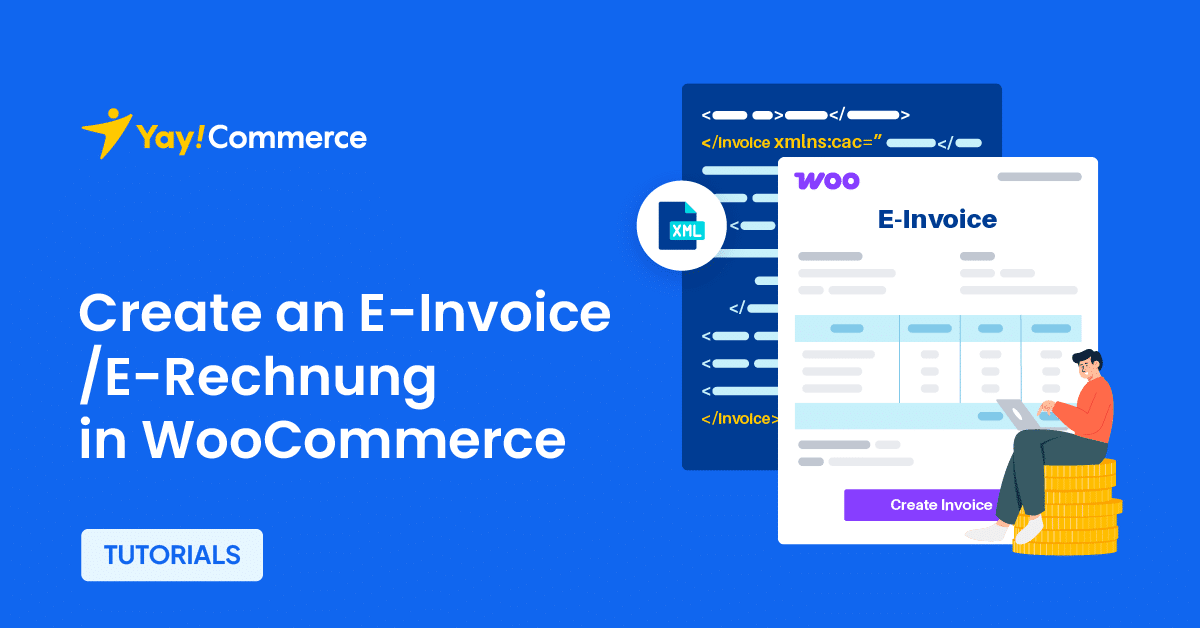
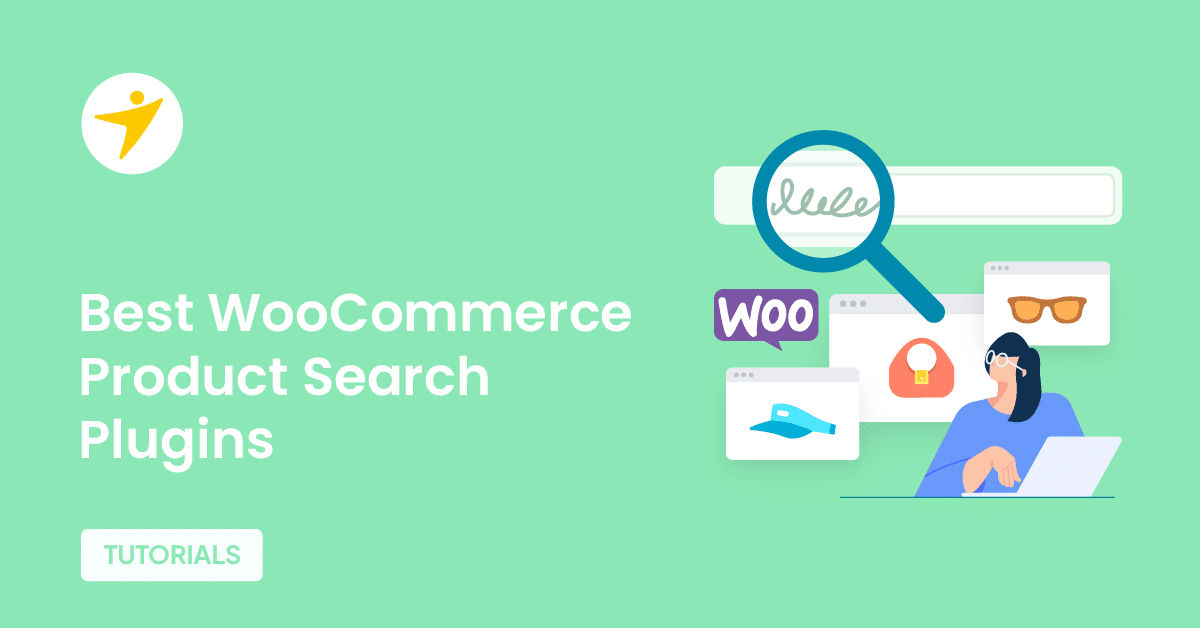
Perfect timing – the 2025 German requirement has been stressing me out! Been running my small online shop from Berlin and this guide is exactly what I needed. 🇩🇪 Initially thought I’d need to switch platforms to comply with the e-rechnung rules, so it’s such a relief to see it’s doable right in WooCommerce. Just wondering though, does this method include the required XRechnung format? Either way, definitely saving this post!
Thanks! I’m not sure if this is sufficient to comply with the latest e-invoicing regulations such as XRechnung or others. If not, do you plan to add this feature to your plugin? Or we have to use another plugin for that.